Differences between Cast Aluminum vs. Die Cast
To meet multiple requirements, the metal fabrication industry provides various manufacturing methods for shaping metal alloys, including die casting, gravity casting, sand casting, and extrusion.
However, picking between cast aluminium and die-cast can be confusing. Here’s a quick breakdown to help you understand the differences and decide which process is best for your project.
When examining the distinctions between cast aluminium and die casting, it is crucial to acknowledge that they denote two ideas. Cast aluminium denotes components fabricated from aluminium by various casting methods, whereas die casting is a specialized, high-pressure method for shaping multiple metals, including aluminium. This distinction is crucial for evaluating materials and procedures in manufacturing.
Cast Aluminum
Typically, producers make aluminium components by melting the metal and pouring it into a mould, solidifying it into a specified shape. Many sectors use this casting technique to produce parts needing lightweight qualities and durability.
Types of Aluminum Casting:
- Sand Casting: In this method, molten aluminium is poured into a sand mold, which is destroyed after casting. This versatile technique results in a rough surface finish and lower dimensional accuracy.
- Gravity Casting: This procedure, known as permanent mould casting, uses gravity to pour molten aluminium into a reusable metal mould. Though less precisely than die casting, gravity casting offers excellent surface polish and consistency over sand casting. This alternative method strikes a balance between precision and surface quality.
- Low-Pressure Casting: Molten aluminium is forced into a mold under low pressure, producing parts with good mechanical properties and higher consistency than gravity casting but lower precision than die casting.
Advantages of Cast Aluminum:
- Lightweight & Strong: The excellent strength-to-weight ratio is ideal for automotive and aerospace components.
- Heat Resistance: Suitable for components exposed to fluctuating temperatures, such as cookware and automotive parts.
- Cost-Effective: Aluminum is affordable, and the casting process allows for economical mass production.
- Thermal Conductivity: Widely used in electronics and cookware due to excellent heat dissipation.
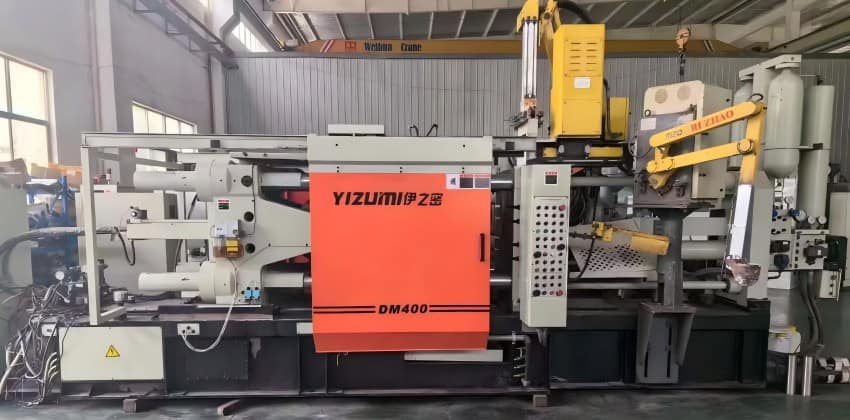
Die Casting
Die casting is a high-pressure process of pouring molten metal (such as aluminium or alloys) into a steel mold. It allows for producing casting parts with fancy designs, thin walls, and high precision.
Die Casting Process:
- High-Pressure Casting: In high-pressure casting, the molten aluminium is squeezed into the mold to shape complex parts due to tight tolerances.
- Material Versatility: Die casting can be done with various metals, including zinc, magnesium, and aluminium, each with unique benefits.
Advantages of Die Casting:
- Precision & Complexity: Ideal for mass production of die-casting parts with intricate designs.
- Durability & Surface Finish: Die-cast parts have superior dimensional accuracy and excellent surface finishes, minimizing the need for post-machining.
- Material Flexibility: It is suitable for various metals and alloys, such as aluminium and zinc, making it versatile across industries.
- Production Efficiency: Die casting enables fast, efficient production of complex parts, which is ideal for high-volume manufacturing.
Key Comparisons
1. Material Strength and Properties
- Cast Aluminum parts are often heat-treated, such as through T6 tempering, to improve mechanical properties. Die-cast components, however, may suffer from gas porosity, which reduces their strength.
- Die cast aluminum is produced under high pressure, allowing for thinner walls and greater precision. This can result in more robust and durable parts than other casting methods. Die casting primarily uses alloys like ADC12, A380, and A360, which offer good mechanical properties, corrosion resistance, and excellent castability.
2. Applications
- Cast aluminum is commonly used in automotive components (engine blocks, wheels, suspension parts, mounting brackets, cylinder heads), cookware, and household appliances due to its lightweight and heat-resistant properties.
- Die-cast aluminium is preferred for high-precision parts in automotive, electronics, and industrial machinery, including transmission housings, gearboxes, electronic enclosures and mobile phone frames.
3. Surface Finishes
- Die-cast parts typically offer superior surface finishes with minimal post-processing required.
These parts are ideal for surface treatment, such as painting, plating, and powder coating, making them suitable for functional and aesthetic applications. - Cast aluminium parts, especially those made through sand casting, typically require additional machining to achieve a smooth finish.
4. Cost Implications
- Die casting involves high initial tooling costs but is more cost-effective for large-scale production.
- Cast aluminium offers lower initial setup costs, making it suitable for low-to-medium volume production. It is often used when fewer parts are needed or the design changes frequently.
Expanded Analysis: Cast Aluminum vs Die Cast
Mechanical Properties:
Rapid cooling rates often allow die-cast aluminium components to show better strength and hardness. Still, gas porosity can compromise components utilized in severely strained applications.
While cast aluminium can be heat-treated to increase strength, trapped gasses may cause die-cast parts to distort during heat treatment.
Environmental Impact:
Cast aluminium and die-cast parts are highly recyclable, reducing their environmental footprint. Aluminum can be recycled without losing quality, contributing to sustainable manufacturing practices.
Surface Finishes & Post-Processing:
- Due to their superior surface quality, die-cast parts often require minimal post-processing.
- Cast aluminium parts: We may need additional machining and finishing to meet surface quality requirements.
Conclusion
Cast aluminium and die-cast each provide unique advantages depending on the manufacturing needs. Cast aluminium is ideal for applications requiring lightweight, heat-resistant, and cost-effective solutions, while die casting excels in precision, surface finish, and high-volume production. The choice between the two methods depends on specific project requirements, such as material properties, design complexity, production volume, and budget.


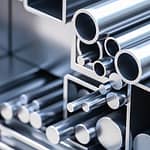

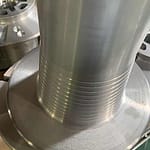
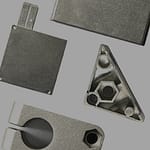
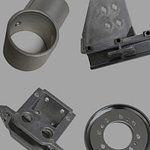


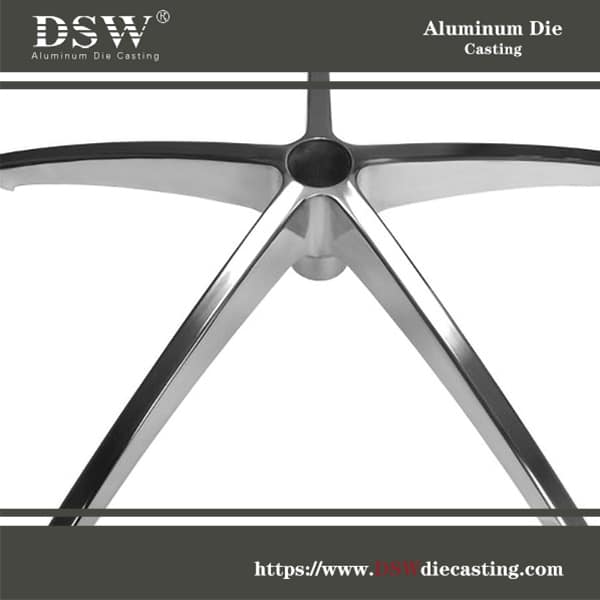
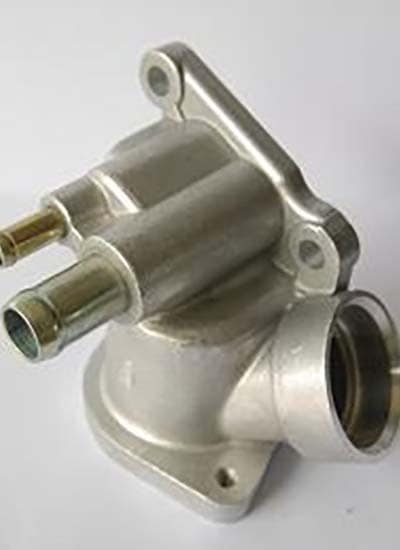



No comment